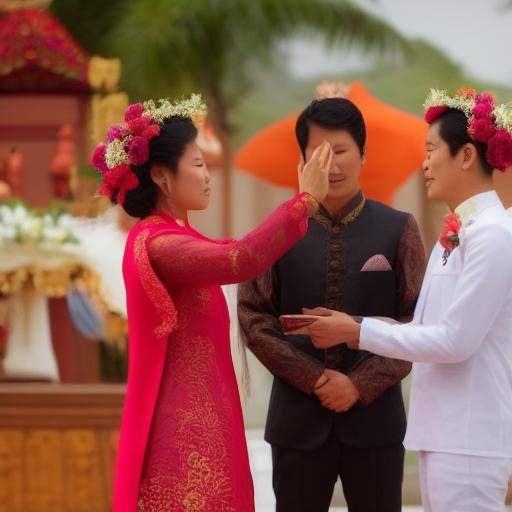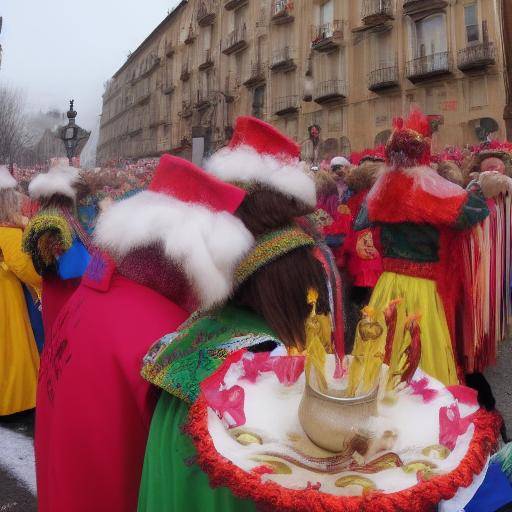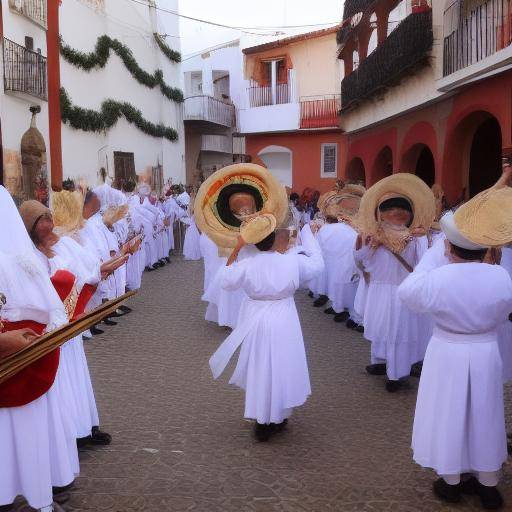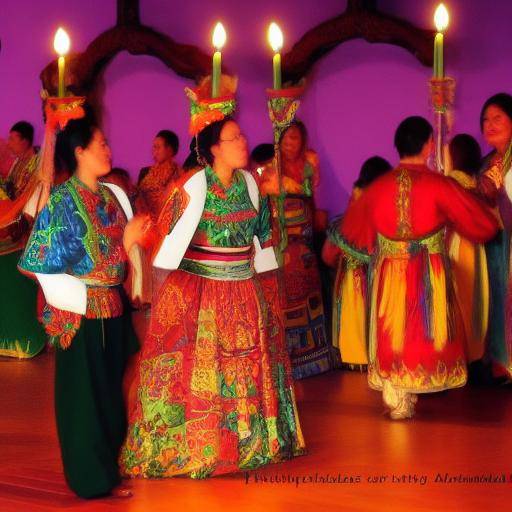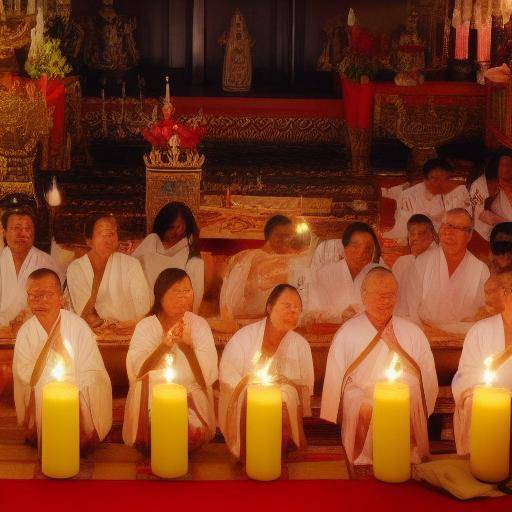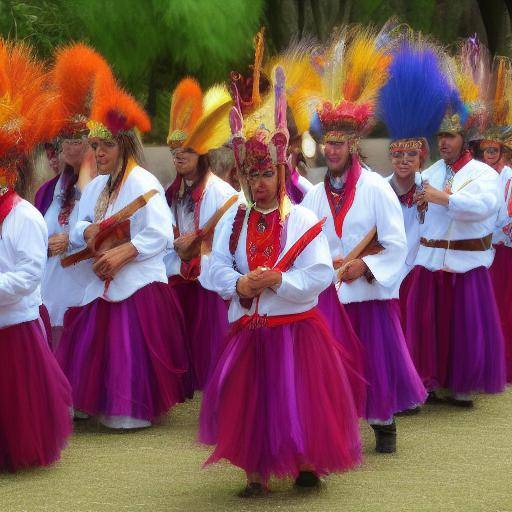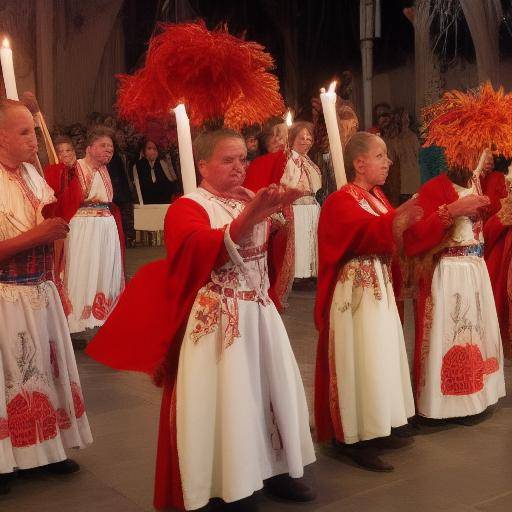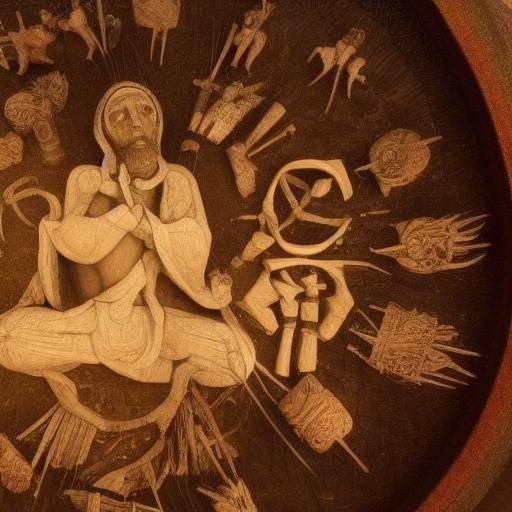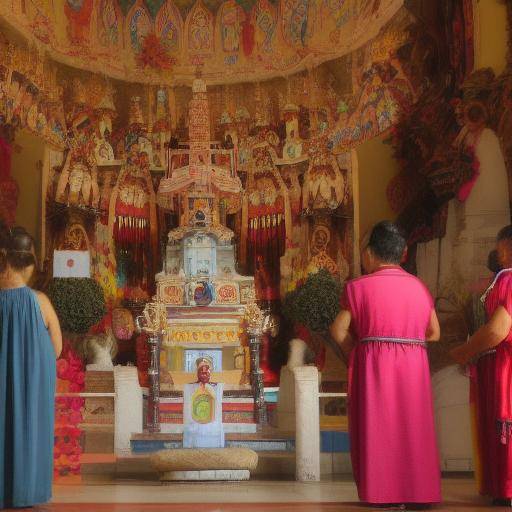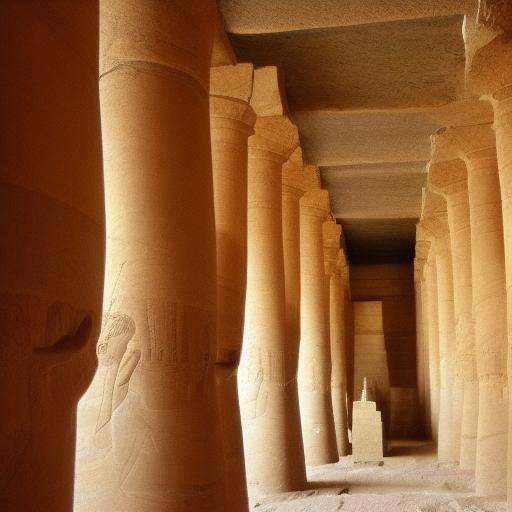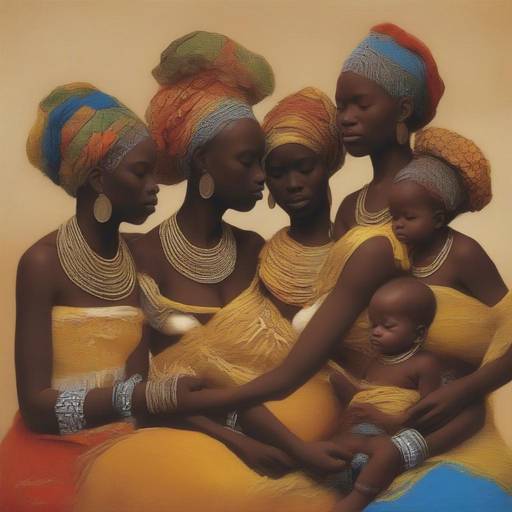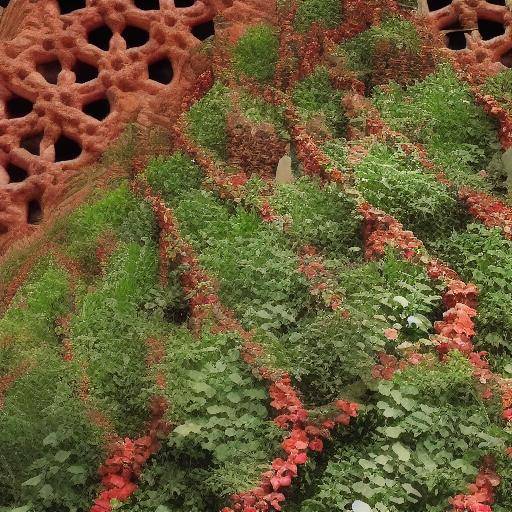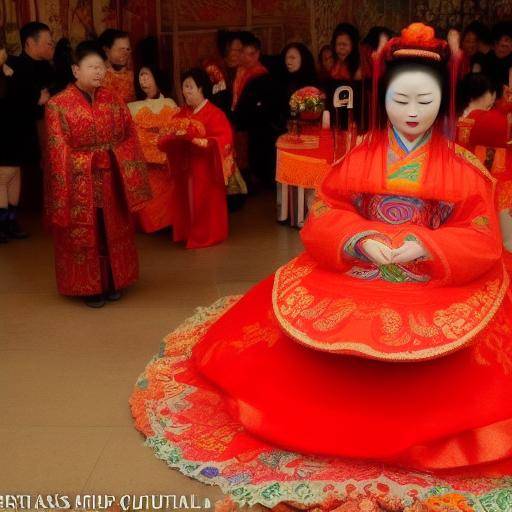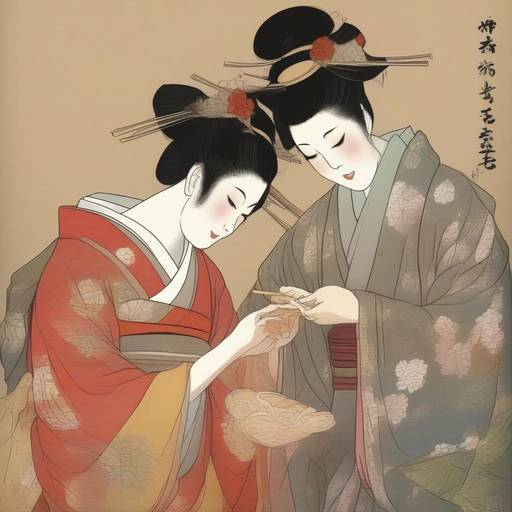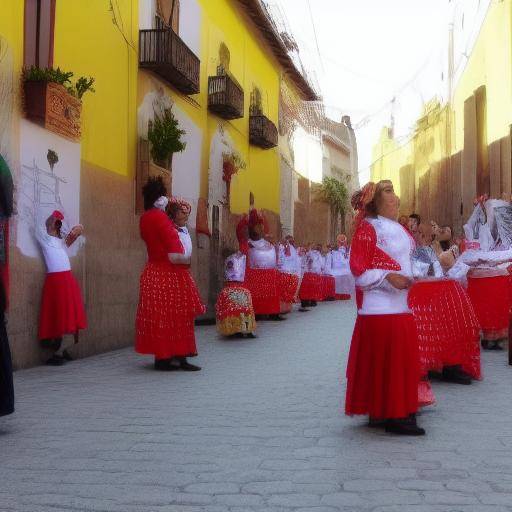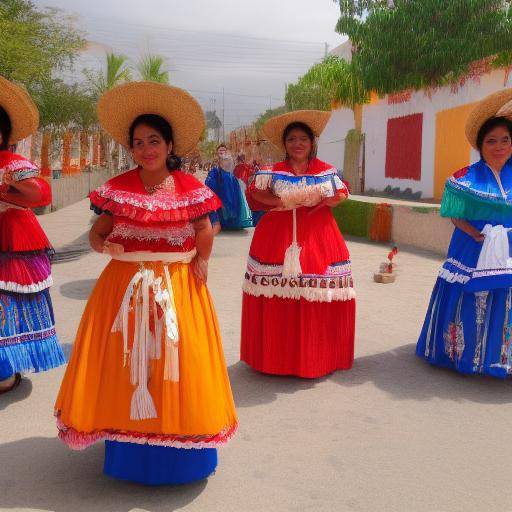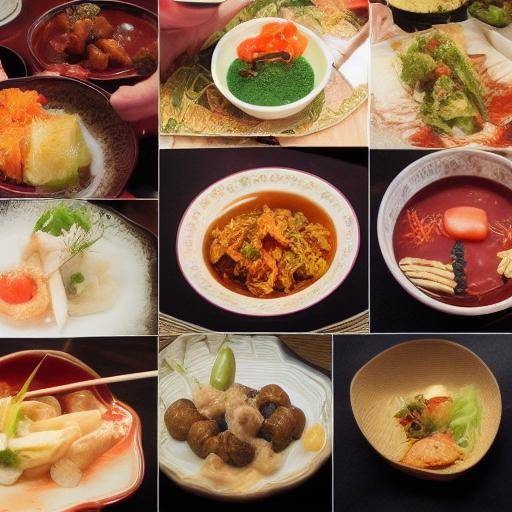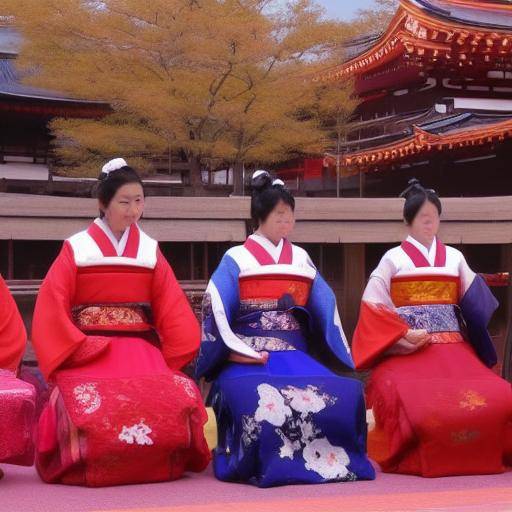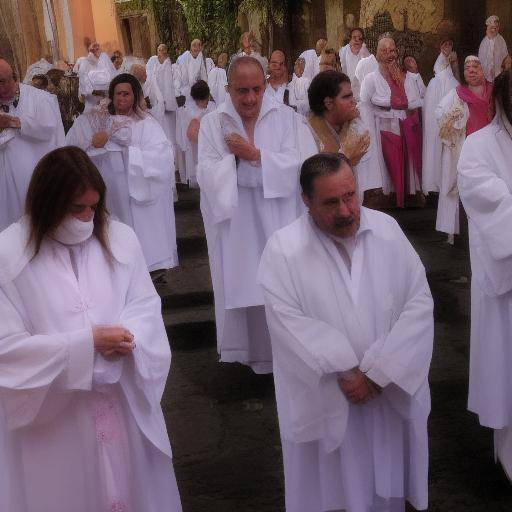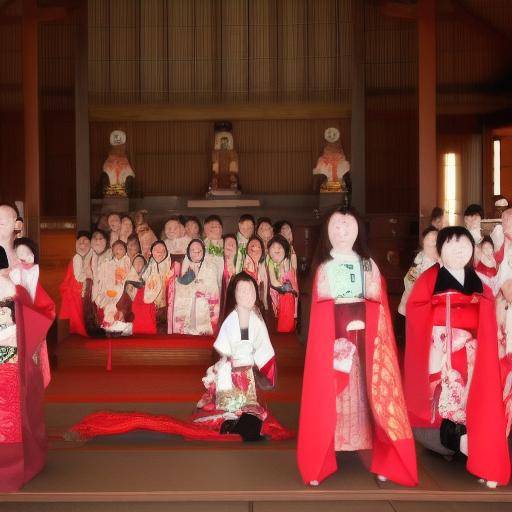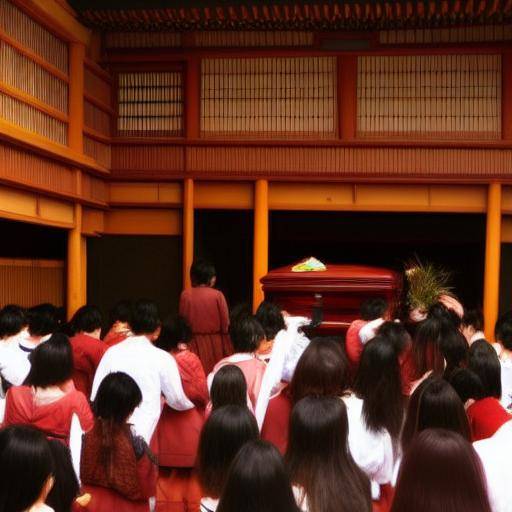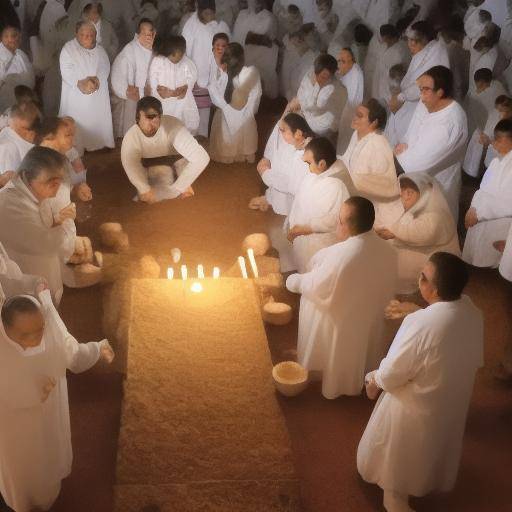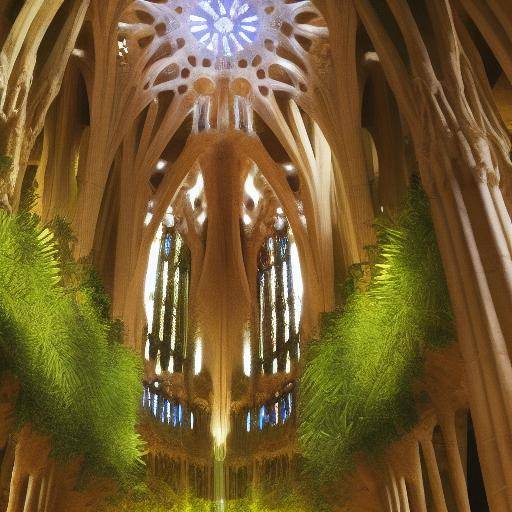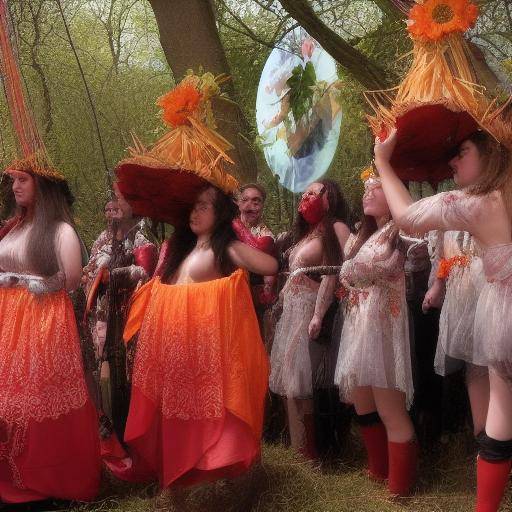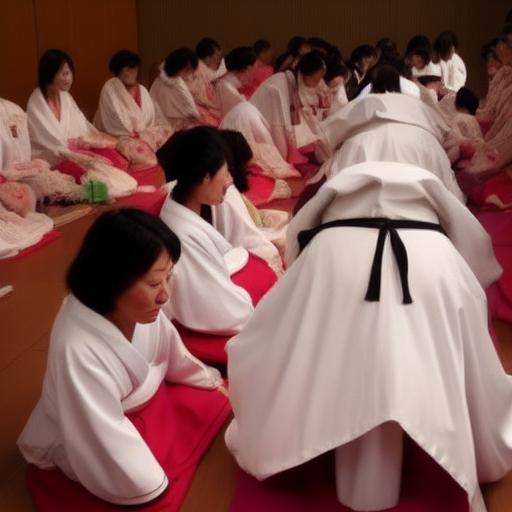
Introduction
Japanese culture is recognized for its rich history, rooted traditions and meaningful rituals. Among them, purification rituals stand out as an essential component that has transcended generations, maintaining its relevance in contemporary society. In this article, we will thoroughly explore the purification rituals in Japanese culture, its historical impact, its relevance today, as well as its role in the global context. We will also provide a deep perspective on this subject, addressing frequent questions and providing key information to understand the depth and meaning of these ancestral practices.
History and Background
The purification rituals, known as "misogi" in Japanese, have their roots in Japan's religious beliefs and practices, particularly in sintoism and Buddhism. These rituals acquire relevance from time immemorial, being considered fundamental for the purification of the body and the spirit, and for the celebration of significant events. The history of these rituals is intertwined with Japan's own history, showing how they have evolved and adapted over the centuries.
During the Heian period (794-1185), purification rituals became an integral part of everyday life, both in the imperial court and in the people. They were carried out to invoke the protection of the gods, purify the spirits or as a form of spiritual preparation before performing important activities. Since then, these rituals have maintained a central place in Japanese culture, being practiced in sanctuaries, temples and homes.
The influence of water on purification rituals is also remarkable. In many ceremonies, water is considered a purifying medium that eliminates spiritual and physical impurity, which demonstrates the deep connection between nature and the practice of purification in Japanese culture.
Detailed Analysis
The purification rituals play a significant role in the modern life of Japan. Although rooted in tradition, the practice of purification remains relevant in various areas such as religion, popular culture, arts and daily life. The tea ceremony, for example, incorporates purification elements as an intrinsic part of the ritual process.
At the spiritual level, practitioners consider that purification rituals contribute to harmony and inner balance, highlighting the importance of emotional and spiritual well-being in Japanese culture. These rituals are also manifested in cultural festivals and events, where they are held to mark the beginning of a new cycle, honor the ancestors or celebrate beauty and renewal.
In addition, many Japanese incorporate purification in their daily life, either through traditional practices such as the "misogi" or using nature as a means of purifying body and mind, as in the case of the shinrin-yoku, also known as "tree bath".
The role of purification in Japanese culture is multifaceted, and its influence extends far beyond religious and spiritual practices, permeating everyday and artistic aspects of life.
Comparative considerations
By comparing the purification rituals in Japanese culture with other similar practices in different cultures, a clear distinction arises as to their specific rituals, associated beliefs and symbolic meanings. While in some cultures the purification rituals are performed individually, as a form of physical cleansing, in Japan, these rituals tend to be more rooted in the spiritual, with a strong emphasis on the connection with nature and religious tradition.
Practical Tips and Recommendations
For those interested in exploring the purification rituals in Japanese culture, it is recommended to participate in traditional festivals and ceremonies, such as Hatsumode (the first visit to the temple or sanctuary in the New Year) or Matsuri (local festivals). These experiences provide an authentic vision of purification in Japanese culture and allow a deeper understanding of its meaning.
In addition, travelers who visit Japan can participate in shinrin-yoku experiences, which allow them to immerse themselves in nature and participate in a ritual of personal purification through the connection with the environment.
Conclusions
The practice of purification rituals in Japanese culture not only represents a centuries-old tradition, but also radiates a profound spiritual meaning that continues to resonate in today's society. These rituals provide an invaluable link to Japan's history, philosophy and spirituality, enriching not only the understanding of Japanese culture, but also offering meaningful perspectives on the search for harmony and purification in our daily lives.
Frequently asked questions
What is the meaning of purification in Japanese culture?
Purification, in Japanese culture, represents the search for harmony and balance, both spiritually and physically. This practice plays a crucial role in connection with nature and religious tradition.
How are the purification rituals carried out in Japanese culture?
The purification rituals can vary according to context and occasion. However, the use of water and the connection with nature are common elements in these practices. Ceremonies often include symbolic gestures and prayers for purification.
What prominent festivals or events involve purification rituals in Japan?
The Hatsumode, which marks the first visit to the temple or sanctuary in the New Year, and the Matsuri, local festivals, are important events where purification rituals are performed. These holidays offer an authentic view of the practice of purification in Japanese culture.
How can foreigners participate in purification rituals in Japan?
Foreign visitors have the opportunity to participate in local festivals and ceremonies, as well as in shinrin-yoku experiences, which allow them to connect with nature and experience a personal purification ritual.
What is the relevance of purification rituals in modern Japanese life?
Despite advances in modern society, purification rituals continue to play a significant role in the daily life of Japan. These rituals are intertwined with spirituality and the search for personal balance.
What is the connection between purification and symptoism in Japan?
Syntoism, the indigenous religion of Japan, considers purification as a central element in the relationship with the kami (gods or spirits). Connection with nature and spiritual purification are key components in the practice of sintoism.
With these answers, we hope to have provided a deeper and meaningful understanding of the purification rituals in Japanese culture.
With this complete exploration of the purification rituals in Japanese culture, we hope to have provided an integral and enriching vision of these ancestral practices. Its spiritual meaning, its deep connection to nature and its role in modern life demonstrate the validity and lasting relevance of these rituals. Through this immersion in the purification rituals, we hope to have provided a revealing and enriching experience on a fundamental aspect of Japanese culture.
We conclude with the invitation to further explore this fascinating theme, as the understanding of purification rituals not only enriches our cultural knowledge, but also offers valuable lessons on the search for inner harmony and the connection with our propio being.
In short, the purification rituals in Japanese culture reveal a deep connection with nature, a constant search for balance and a rich spiritual heritage. Through this immersion in ancestral practices and their contemporary meaning, a world of philosophical depth and connection with spirituality is revealed.
If you have more questions about the purification rituals in Japanese culture or would like to explore this fascinating topic more thoroughly, do not hesitate to find out more or consult experts on the subject. Diving into Japan's culture and traditions is a unique experience that can enrich and transform personal and spiritual understanding.
We hope that this article has been revealing and enriching, and that it has given you a clearer and deeper view of the purification rituals in Japanese culture.
[1] "Japanese Purification Rituals". Retrieved from <www.japan-guide.com>
[2] "Shinto: The Way of the Gods." Retrieved from <www.britannica.com>
[3] "The Practice of Shinrin-Yoku." Retrieved from <www.natureandforesttherapy.org>
With these links, you can explore even more about purification rituals in Japanese culture and enrich your understanding of this fascinating theme.
Thanks for your reading!








